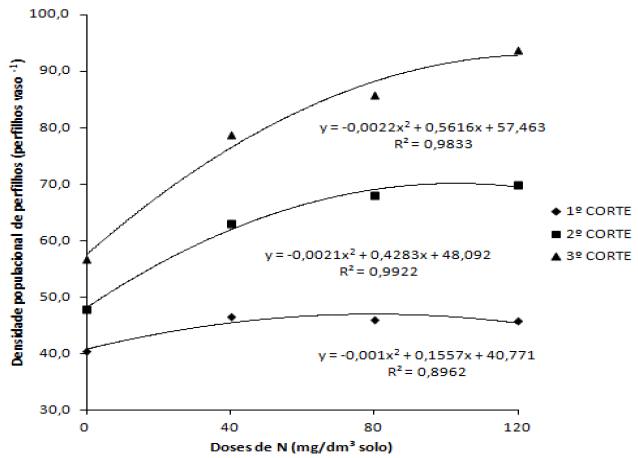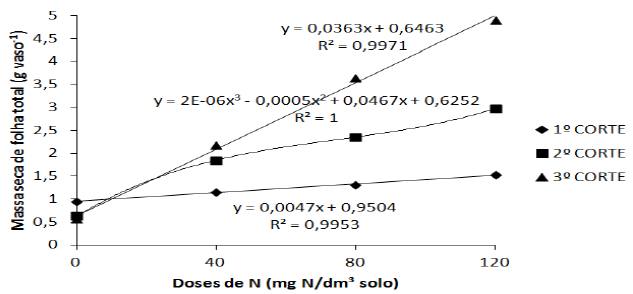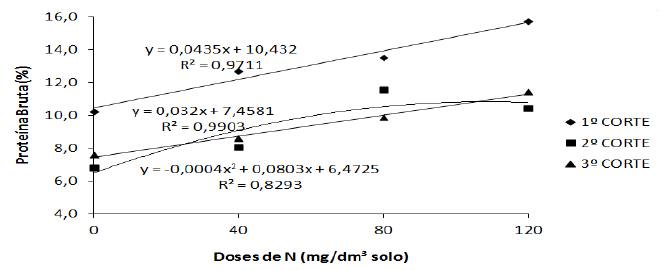ABSTRACT
Tropical forage plants have a high potential for mass production of fodder, subject to soil and climatic conditions, especially with nitrogen fertilization. The magnitude of the response depends on the timing of availability of nutrients and forage plant needs in the regrowth. Thus, this work was carried out to evaluate structural and bromatologic characteristics of the Panicum maximum Jacq cv. Massai in response to four nitrogen doses (0, 40, 80 and 120mg/dm3) and with three application times after cutting (one, three and seven days) in a 4 x 3 factorial treatment combination, in a completely randomized design, with four replicates. The experiment was conducted in a greenhouse. The increase in the rate of tillering, tiller population density, dry mass total leaf production and crude protein levels was 42%, 65%, 770% and 35%, respectively for the dose of 120mg / dm³ regarding the absence of fertilization. The neutral detergent and acid detergent fibers showed a decrease of 6% and 9% with nitrogen addition. Dry mass total leaf production responded to times of nitrogen application after cutting, with little significant values. Nitrogen fertilization has a positive effect on the variables studied, but new studies should be conducted to define the timing of nitrogen fertilization after cutting, for better utilization of this nutrient by plants.
Keywords:
nitrogen fertilization; forage; tillers; Panicum maximum






